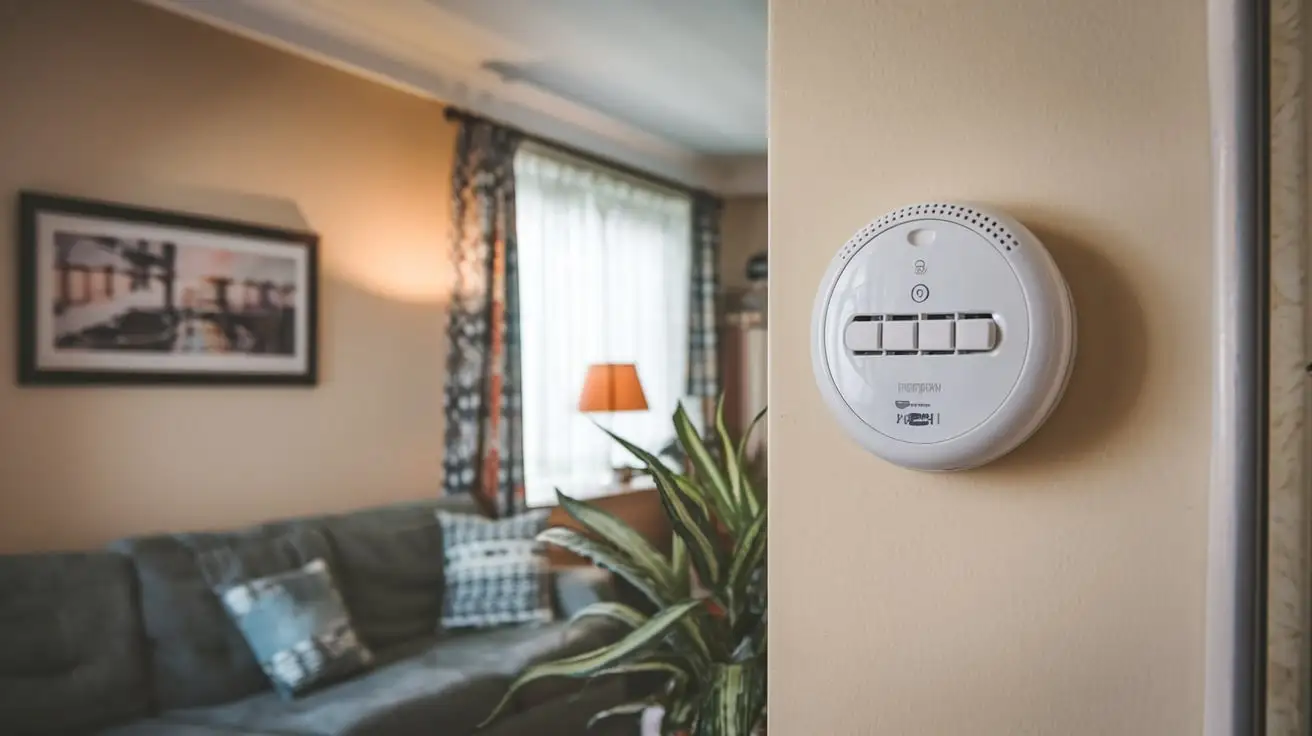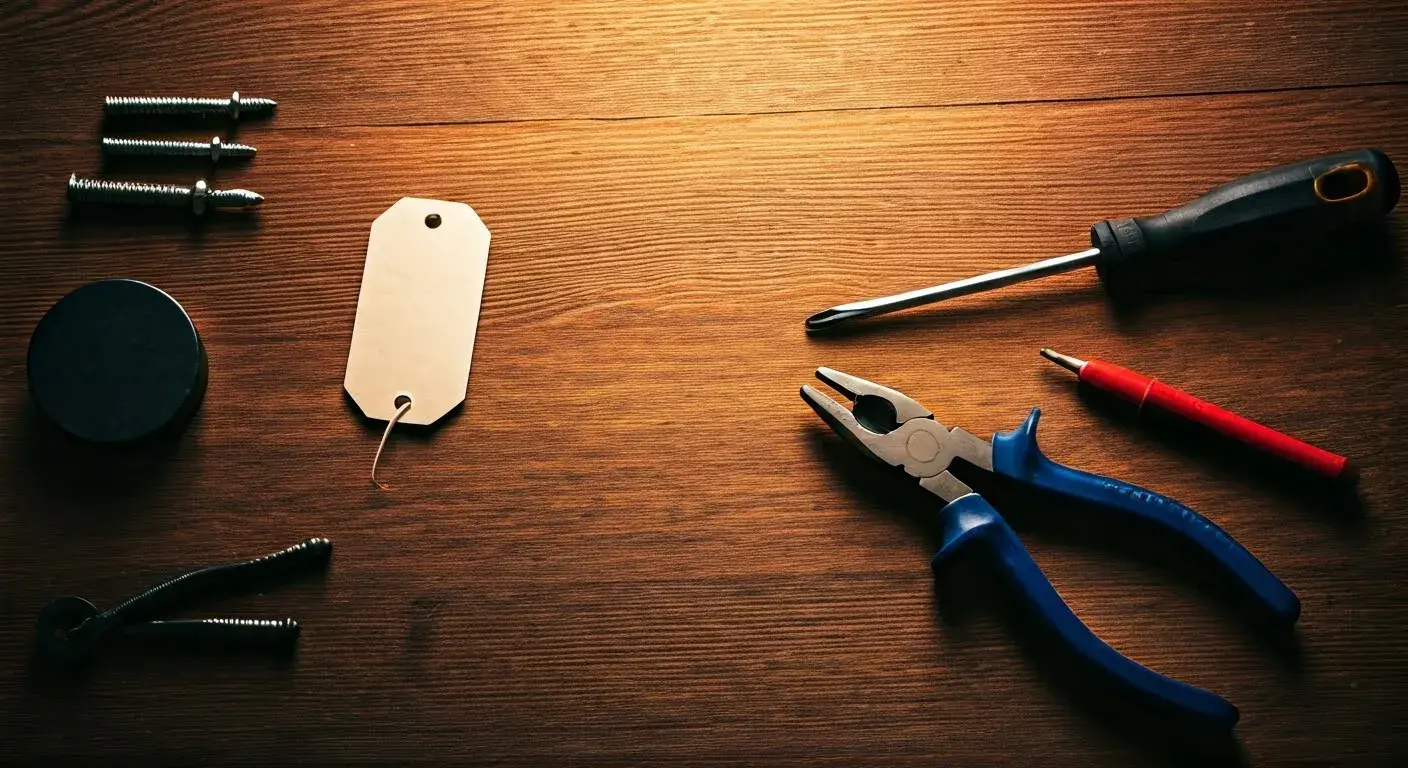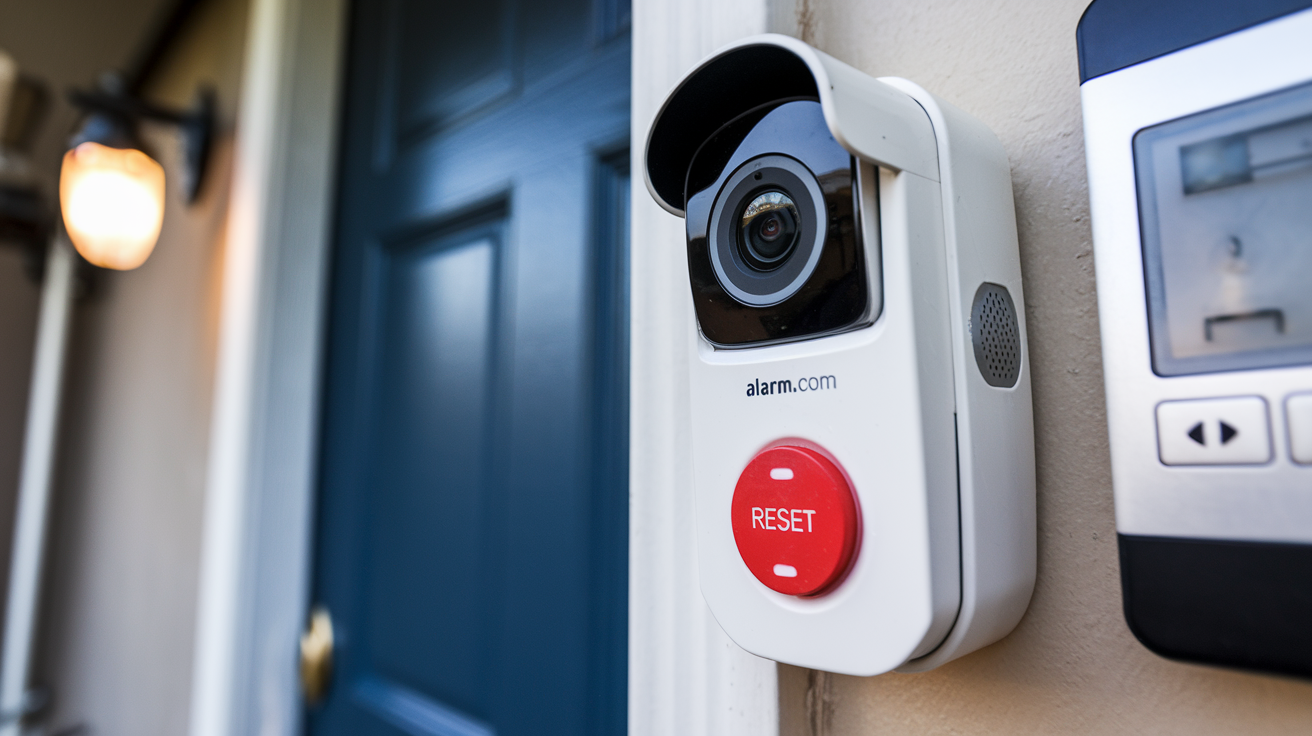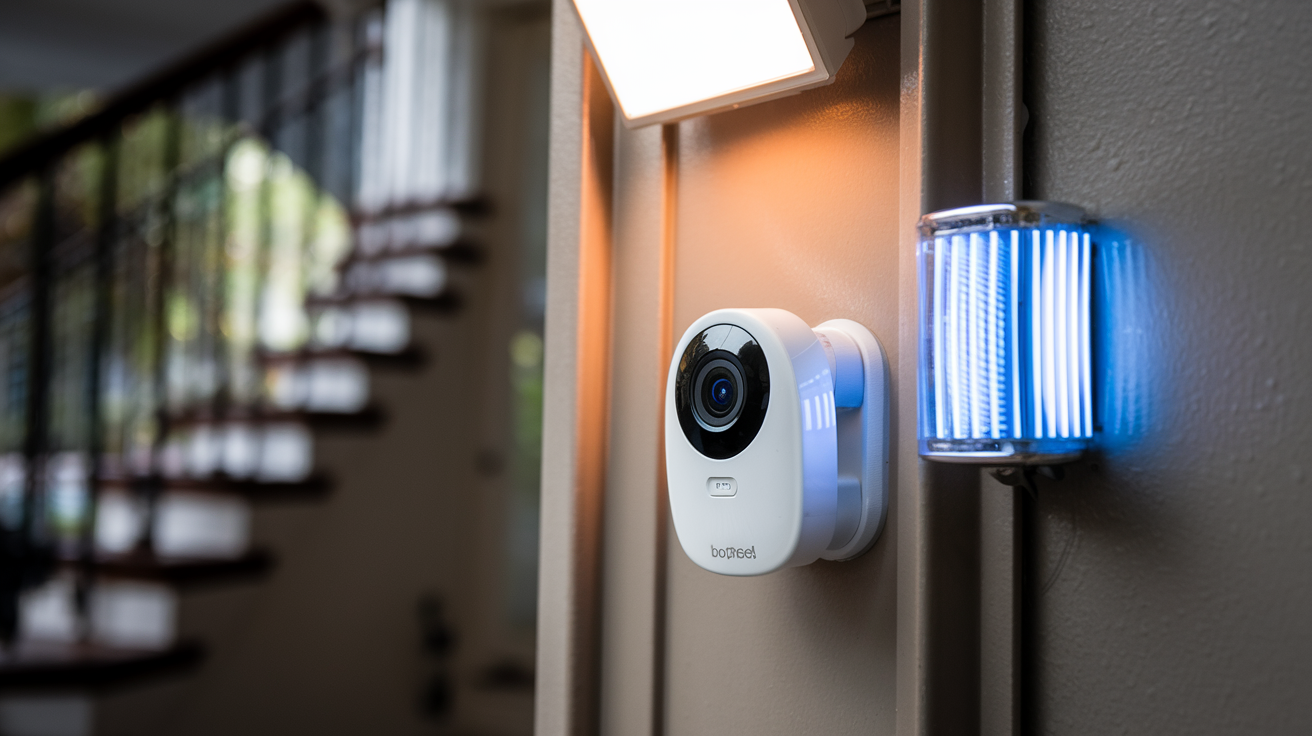Considered a tasteless, odorless gas, carbon monoxide might be lethal if consumed. Reducing the hazards associated with this deadly gas in your residence depends mostly on keeping operating carbon monoxide detectors in your house. But where should one place the carbon monoxide detectors to sufficiently protect the family and oneself? The suggestions on the ideal locations for CO detector installation will be found on this page.
Recommended Areas for Carbon Monoxide Detectors
There are a few key areas of your home that are ideal for installing carbon monoxide alarms:
Close Sleeping Areas A carbon monoxide detector should be placed in the vicinity of any bedrooms or sleeping quarters, advises. These could be anything from master bedrooms, children's rooms, nurseries, guest rooms, or any other space as requested. Because it may kill without the sufferer even knowing it, carbon monoxide is most deadly when breathed while sleeping. Another layer of security at night is having an alert close by the places your family sleeps.
Every floor of the home requires carbon monoxide insurance on it. It can enter every room in the home from floor to ceiling and walls. It is thus insufficient to have alarms only on one level. Make sure you have put the carbon monoxide detectors on the ground floor with the living rooms, the basement level, and any higher floor levels.
Close-by Furnaces Among the most often used residential equipment capable of producing carbon monoxide are boilers, water heaters, and furnaces. Should they start generating dangerous carbon monoxide, carbon monoxide detectors positioned fifteen feet apart from the gas-burning heating systems provide an early warning.
In Common Areas Besides every floor and sleeping area, you should have carbon financial protection in common living areas. These include the living room, dining room, kitchen, home office, recreation room, and laundry among others. Breathing in these occupied rooms, with low concentrations of carbon monoxide, however, after some time results in health complications.
Experts’ Dream Sites
Each health and safety agency has recommendations on where to install the carbon monoxide detectors. Here is what some of the top organizations recommend: Here is what some of the top organizations recommend:
The National Fire Protection Association (NFPA) suggests installing a CO alarm:
- From the ground floor to the penthouse suite.
- Not in any sleeping zone
- Inside any bedrooms
The Centers for Disease Control and Prevention (CDC) recommends:
- It is recommended to install alarms within five feet of each door of the bedrooms.
- Staying away from areas that are dusty, dirty, or greasy so that the alarms function effectively
- Checking batteries frequently
The Consumer Product Safety Commission (CPSC) proposes:
- Installation around fireplaces and other fuel-consuming equipment, and in bedrooms
Where NOT to Put Carbon Monoxide Alarms?
Just as important as knowing the ideal locations for your alarms, it is also crucial to avoid situating carbon monoxide detectors in certain areas: Just as important as knowing the ideal locations for your alarms, it's also crucial to avoid situating carbon monoxide detectors in certain areas:
Garages Carbon monoxide is present in car exhaust. It is impossible to leave detectors in attached or built-in garages without false alarms every time you drive into the garage. Rather set them before the door to your house which leads to the other parts of the house.
Kitchens and Bathrooms This problem can be caused by wet conditions in the kitchen from cooking, and from steamy baths in the bathrooms. The detectors should be placed at a reasonable distance that does not allow for interaction with normal Kitchen and bathroom humidity and vapors.
Close to the windows, doors, or vents Air currents from opening doors and windows or air coming from the heating and cooling systems can also redirect leaking gasses to the detectors. Do not install alarms directly on any exterior doors and windows or supply vents.
High or Concealed or Overhead When carbon monoxide is mixed with air it does not rise significantly from the same level at which it was produced. Alarms placed on high extra tall walls or ceilings may be out of the breathing zone and cause delay in the alerts.
Unheated space detectors do not function effectively at very low temperatures. Do not spend your money installing carbon monoxide alarms in attics, garages, or crawl spaces where the temperatures are below forty degrees in winter.
Some important tips about the installation of carbon monoxide alarms include:
Be sure to:
All manufactured installation instructions should be adhered to most strictly.
Ensure detectors bear the UL label which indicates they passed through safety testing procedures.
Use a combination of battery-operated alarms and hardwired alarms with batteries to ensure that the alarm system continues to work even in case of power failure.
Pressing the Test button will test all the alarms and the alarm should sound.
Replace faulty alarms monthly or if they have been in use for seven to ten years at most. Newer ten-year lithium battery-powered alarms are Recommended.
Make and rehearse fire drills so all the occupants of your home know how to quickly and properly evacuate in case an alarm rings. In any case, an actively alarming detector should not be ignored!
Don’t Wait, Get Your Carbon Monoxide Alarms Today!
The lives of your loved ones are at stake, do not take chances by not protecting your home from the silent killer known as carbon monoxide. Ensure you get the best carbon monoxide alarms and place them in the most strategic places as recommended today. Proper coverage can inform your family and create an opportunity to evacuate If there is ever leakage, it may lead to the loss of lives. Do not hesitate to make this important safety enhancement for your comfort!
Protect your home today with ADT’s top-rated security solutions!
Call now at +1 877-470-7879 to get a free consultation and find out how you can secure your home with the best in the business. Don’t wait—ensure your peace of mind with ADT!






